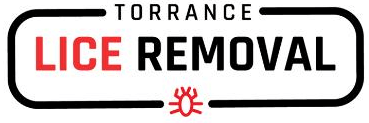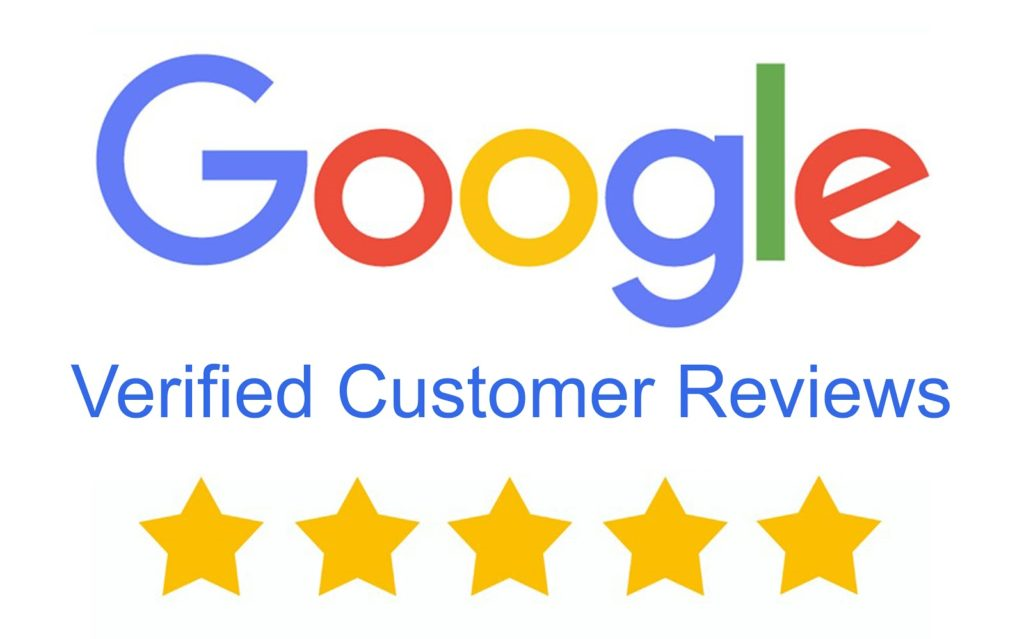Seven myths about head lice exposed. Plus how best to treat and prevent them in your family
ABC Health & Wellbeing / By Anna Salleh
Bloodsucking head lice are more of threat to a parent’s state of mind than their children’s health. But this doesn’t make finding an effective way to deal with them any less important.
The anxiety parents feel when they find these creatures in their kid’s hair has created a market for all kinds of products that zap, vacuum or poison lice. And yet they remain a perennial problem.
Here are seven myths about head lice that are completely wrong! Plus expert advice on what works best in dealing with them.
Myth 1: Head lice spread disease and are a sign of child neglect or poor hygiene
Head lice don’t spread disease like some insects.
“These aren’t a major health concern,” says medical entomologist Cameron Webb of the NSW Department of Health.
“Really, the major health problem associated with head lice is the anxiety and stress that it can cause the parents or carers of children that are infested,” Dr Webb says.
“I absolutely understand what it’s like when you find out your children are carrying an insect that is feeding on their blood.”
He says the worst physical impact from head lice is they can make you itch, but this doesn’t happen to everyone.
“A lot of people don’t even know they have head lice — that’s how little impact they have.”
Another myth is that head lice are more likely to infest dirty messy hair than clean neat hair but actually there’s no evidence to support this.
Myth 2: You need to clean bedding, towels and clothes when you treat for head lice
Head lice do not crawl, jump, fly or swim and are “pretty fragile” once they get off your head, Dr Webb says.
They are designed for scuttling up shafts of hair not lingering around on bedding, hats, towels or classroom desks.
The only way you can catch head lice is by direct hair contact. That’s why primary school students, especially those with long hair, are more likely to catch lice — they love crowding around smartphones, tablets or books together.
When it comes to treatment, focus on the hair not the house.
Health authorities prefer the conditioner and comb method, which involves smothering and stunning the lice in a thick layer of conditioner (used without water) then combing them out with a lice comb.
Eggs are likely to remain cemented to the base of the hair shaft so, you also need to repeat later to catch the new lice that hatch from the eggs.
Head lice are perfectly designed for scuttling up and down shafts of hair, but not living on sheets.
While it might be ideal to repeatthe conditioner and comb method every day,or at least every second or third day, Dr Webb says it’s more practical to do two treatments a week apart — fewer treatments are likely to be done more thoroughly and give a better result.
“It actually takes a lot of effort to sit your kid down to do this,” he says.
“That’s why I suggest set aside two Sunday afternoons: set the kid up with their favourite DVD or iPad game or whatever and commit to thoroughly going through your children’s hair.”
Myth 3: Seeing ‘nits’ on the ends of the hair is a sign of an infestation that needs treatment
Head lice are most likely to be found in the thickest part of the hair where it is most humid — this is usually on the back of the head behind the ears and at the nape of the neck.
If there’s a current infestation you are likely to see eggs (known as ‘nits’) cemented near the base of the hair shaft, close to the scalp.
But after the egg has hatched, the empty egg casing stays glued to the hair. And as the hair grows, the empty egg moves further away from the scalp.
So if you see what looks like nits more than a centimetre or two away from the scalp it means the eggs have already hatched and you may be seeing a sign of a previous infestation.
To be sure you need to treat, you can look for live adults scurrying around on the hair close to the scalp, but these can be notoriously difficult to spot.
The most reliable way to check for infestation is to do the conditioner and comb method, you can find the lice and remove them at the same time.
Myth 4: Using an insecticide will save time because you won’t have to comb
Unfortunately head lice are becoming increasingly resistant to the most common synthetic chemicals used to kill them.
And even if the lice are not resistant, a treatment may not give them the dose of chemical required to kill them.
Lice not killed by an insecticide treatment make the insecticide resistance worse. Even if you use insecticide, you have to follow up with a comb to catch the adults that survive, and then there are those that will hatch later from eggs.
“You’ve still got to get them out of the hair so you might as well just use the conditioner and comb method,” Dr Webb says.
He says insecticides may be useful if you are having a persistent problem, but only after you have done your best with the conditioner and comb method — and always make sure you follow the instructions on the packaging.
“Some botanical products like tea tree and eucalyptus oils have been shown to have insecticidal properties — although they’re not a magic solution,” Dr Webb says.
Myth 5: Putting insect repellent on your child’s head will keep head lice away
Despite there being products marketed as head lice repellents, Dr Webb says there is little evidence showing that these stop lice from biting or infesting in the first place.
One recent study found neither DEET (the most commonly used mosquito repellent) nor any of the botanicals tested showed “sufficient preventative efficacy to be endorsed”.
It’s estimated one third of primary school-aged children have head lice so even if you successfully eradicate one batch there’s a lot more where the last lot came from.
This means there is a high risk a child will become reinfested within days or weeks of a successful treatment.
To reduce the chance of this happening, try keeping hair short or tying long hair up in a ponytail (or better still a bun).
And, hard as this is, encourage kids to keep a bit of distance — with COVID-19 there’s an added incentive for this.
Myth 6: Electric lice combs have been shown to work best
Catching adult lice using lice combs has been something humans have done for a long time.
But there’s no evidence electric lice combs have an edge when it comes to treatment, Dr Webb says. He says there is some evidence metal lice combs are better than plastic ones because they don’t bend and can better scrape along the hair and remove lice.
But the most important factor in controlling headlice is not a gadget at all.
“It’s the patience and cooperation between the kids and their parents,” Dr Webb says.
As a parent of primary school-aged children himself he knows how quickly they will start complaining after a session of combing.
If there is no co-operation, parents are likely to take shortcuts or not be as thorough as they should be and that means they will be missing head lice that then go on to lay eggs.
Another gadget that made the news 10 years ago was a vacuum cleaner attachment that was said could get rid of lice — but the patent for that has since been abandoned.
Myth 7: You can get rid of a lice infestation using a hair straightener
Technically speaking hair straighteners kill adult lice and nits, says Dr Webb, but, there’s one problem here.
“The areas you can easily access with a hair straightener are actually areas where lice are less likely to be.”
Head lice are mainly down near the scalp where they feed and lay their eggs. And you cannot put a hair straightener too close to your scalp because you will risk burning yourself.
Other home remedies include putting everything from lemon or orange juice to mayonnaise or yoghurt on the scalp.
While some household liquids may smother headlice like conditioner, Dr Webb warns these may not be without their risks “which could be worse than the head lice themselves”.
“We don’t want kids having skin reactions to some home-made concoction that is being rubbed in their hair,” he says.
“The conditioner and comb method is the least likely to have adverse effects.”
Established in 2015, Torrance Lice Removal has a 5 proven, chemical free five step treatment process that can get you lice free in about 1 hour.

